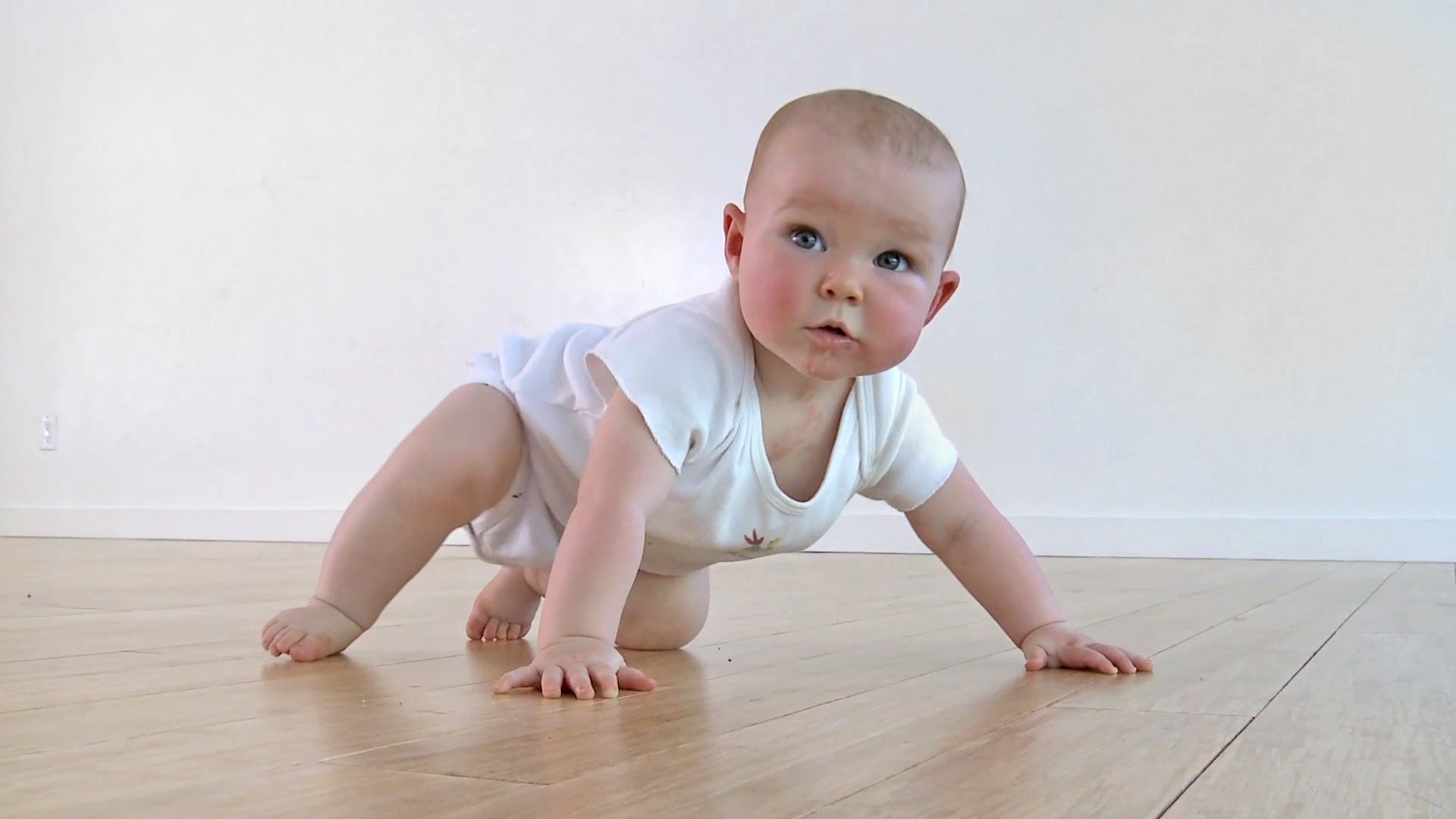Gender Bias--Mothers do it too.

We treat baby boys and baby girls differently. Pretty much from day one. Without knowing it.
I tend to go on tangents. Often. I was really fighting this tendency while I was doing the Ph.D., because I needed to focus. However, now that I’m done, I read all kinds of random things. I still feel like I have to apologize for that, but I only read the random things once I’m done with my daily quota of writing academic journal papers, so that’s something. I’m telling you this because that’s how I got to the article I’ll talk about today: I was reading a random book I picked up at the library, and the author was describing a study and I thought to myself, “hmm, this would be a good blog post”. I would expect that the frequency of random posts would increase, by the way.
Anyway, this study comes from the lab of the fantastic Karen Adolph. Why is she so fantastic? Because she does really great, well thought-out research, and also because she replied to my email back when I was teaching within two days. And she actually answered my questions in said email. If you don’t remember, or don’t feel like reading that post, Karen Adolph does research about babies’ physical development (how they begin to crawl, and then walk), and about how babies navigate the physical space around them. Really interesting stuff.
What They Did
This study (pdf file from the lab here) is related to the physical development studies, so you need to understand the mechanism they used. Specifically, this lab has a platform with a ramp. The experimenters can adjust the angle of the ramp from 0 degrees (which is a straight plank) to 90 degrees (which is a sheer cliff; there are safety mechanisms in place to catch babies who fall). The idea is that you increase the slope gradually to find the steepest slope the baby is able to navigate without falling. Then you can look at the slope that the baby is willing to navigate, and whether that slope is steeper than the one she is actually able to navigate (overconfident) or shallower than the slope she is actually able to navigate (underconfident).
So, this study is focused on mothers’ expectations. The researchers asked the moms to set the slope that they think their baby is able to navigate, and then to set the slope they think their baby will attempt to navigate. Then, they compared moms’ expectations to their babies’ actual ability, and the decisions they made (what slopes they attempted to navigate).
What They Found
First of all, similar to their previous studies, boys and girls did not differ in their motor skills, or in their decision making. That is, as a group, baby girls were able to navigate the same slopes as baby boys. More interestingly, baby girls were as accurate as baby boys in judging their abilities, which was pretty accurate, because this sample was of fairly experienced crawlers (babies’ accuracy of judging their crawling skills improves with experience). This is interesting because there are some rumours out there claiming that boys tend to be overconfident and girls tend to be underconfident. This is apparently incorrect.
Moms, however, exhibited a gender bias. Mothers of girls underestimated their girls’ ability to crawl (they expected the girls to be able to navigate a much shallower slope than they actually could) whereas mothers of boys were more accurate in their judgement of ability. Mothers of boys, however, overestimated their boys’ decisions, meaning that they expected their boys to be overconfident and to try to navigate slopes that were too steep for them.
What It Means
By the time they are teenagers, boys outperform girls on physical measures: they run faster, they jump higher, and they throw a ball farther than girls. Even in preschool, boys are taller and heavier than girls on average, and this is thought to underlie their better motor performances. But during the first year or two of their life, babies begin to crawl, stand, and walk at roughly the same time, regardless of gender. What if the difference in motor performance is not because boys are bigger than girls, but simply because we expect them to be better at these things? As parents, we influence all aspects of development, and while we don’t expect our girls to start walking later than their brothers, we apparently expect them to be less able in this department.
My kids are a bit older, but I definitely see a gender difference. My son needs to run around outside, otherwise he’s fidgety and restless. My daughter is perfectly happy sitting at the arts-and-crafts table all afternoon, drawing and creating stuff from cardboard boxes and empty milk jugs. She likes going outside, but she doesn’t require it. I don’t remember treating them differently in that department, but my daughter was (and still is) small for her age so I may have been a bit overprotective. As a baby, she was definitely more cautious than my son was, but he was fairly cautious compared to other kids in the playground. I mostly encouraged (and still do) both of them to go play and let mommy read on the bench. But that is the beauty of unconscious bias: you don’t know that it’s there.
Here’s a quote from this article I really like: “Most infants’ first steps are into the open arms of an encouraging parent.” All aspects of development are social, and our society’s biases influence us unconsciously. I’m not entirely sure that any one person can overcome their social biases and approach another person as a “blank slate”. These social biases are probably even stronger when we approach our children–we expect so much of them, even if we don’t know it.
